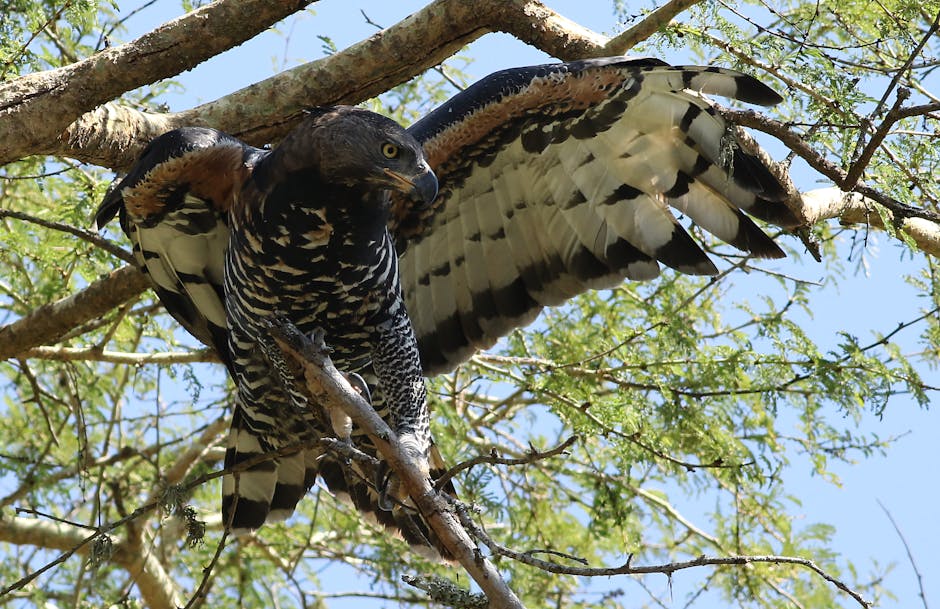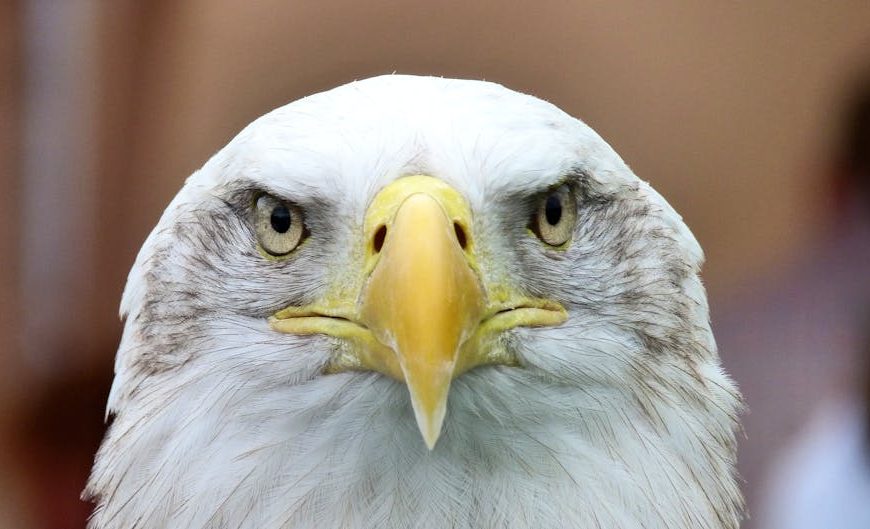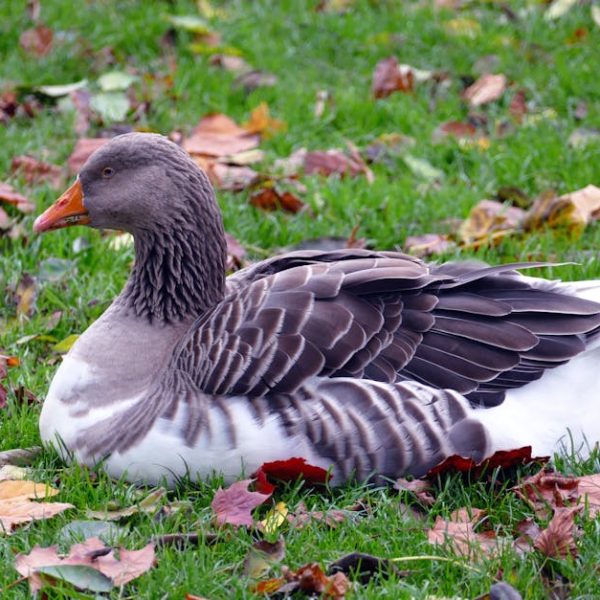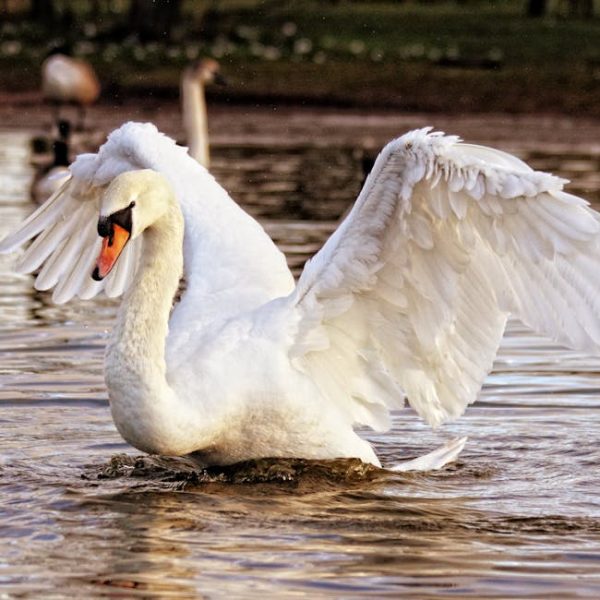Physical Differences between Eagles and Hawks
Eagles and Hawks, though often confused, house vast differences in their physical attributes. Essentially, they show variances mainly in size, color, and distinctive physical features. Eagles, on one hand, are larger and stronger than their Hawk counterparts. Their wingspan is colossal, often surpassing 8 feet for most species, and they are known for their dark, bold colors and sharp, curving beaks.
Hawks, on the other hand, are smaller in comparison, with wingspans usually topping out at about 4.5 feet. Their colors tend to be more varied, with some species sporting grey or red tones, and their beaks are typically shorter and straighter.
Pro tip: Remember, when identifying these birds, Eagles are much larger and have uniquely shaped beaks, while Hawks are smaller with more color variation.
Comparison Table:
| Eagles | Hawks | |
|---|---|---|
| Wingspan | 6-8 feet | 1.5-4.5 feet |
| Height | 30-40 inches | 18-30 inches |
| Weight | 7-15 pounds | 1-3 pounds |
| Colors and distinctive features | Bold, dark colors, sharp, curving beaks | Varied colors, shorter and straighter beaks |
Behavioral Differences between Eagles and Hawks
Eagles and Hawks exhibit distinct behavior patterns that further differentiate these two majestic raptors. Eagles are well reputed for their solitary hunting habits, they prefer to rule the skies alone and are known for their aggressive territorial behavior. In contrast, Hawks are more sociable and often hunt in groups.
Distinctive Behaviors:
– Eagles: Solitary hunters, aggressive territorial behavior
– Hawks: Social animals, prefer group hunting
Best Practices:
Bird watchers should look for these behavioral cues to differentiate between Eagles and Hawks. Note the bird’s hunting strategy and territorial behavior—a lone hunter ruling the skies is likely an Eagle, while a group of cooperative hunters would point to Hawks.
Dietary Habits of Eagles and Hawks
Both Eagles and Hawks are carnivores, but their prey choices differ significantly. Eagles, renowned for their strength, tend to hunt larger mammals and fish, while Hawks generally feed on smaller animals like rodents and insects.
Versus Section:
Eagle’s Prey: Fish, mammals including large rabbits, and other birds
Hawk’s Prey: Smaller creatures like rodents, insects, and smaller birds
Checklist:
– Common food items for Eagles: Fish, mammals, other birds
– Common food items for Hawks: Rodents, insects, smaller birds
Stay tuned as we dive deeper into their habitats, exploring their geographical range, and their conservation status.
Habitat and Geographical Range of Eagles and Hawks
Eagles and Hawks inhabit different areas of the world, demonstrating preferences for certain living conditions and displaying distinct migration patterns. Generally, Eagles favor high altitudes, often residing in mountains, cliffs, and other large, open spaces. They cover immense areas, with their geographical range spanning across North America, Europe, Asia, and Africa.
Hawks, conversely, prefer woodland habitats and grasslands. You’ll spot these raptors in almost every part of the world, barring the extremely cold regions like Antarctica.
Pros and Cons:
- Eagles: Higher altitudes provide them with a large, clear view of potential prey below. However, habitat loss due to deforestation and urbanization is a growing concern.
- Hawks: Woods and grasslands provide ample opportunities for hunting and nesting, but pesticide usage can dramatically affect their food chain.
Comparison Map:
[Map Here]
Endangered Status and Conservation Efforts for Eagles and Hawks
Eagles and Hawks both face threats, including loss of habitat, hunting, and poisoning. Specific species of Eagles like the Philippine Eagle and numerous Hawk species are currently listed as Critically Endangered.
Numerous conservation efforts are in place to protect and preserve these birds.
Conservation Efforts:
- Eagle conservation: Breeding programs, habitat protection, monitoring populations, and banning DDT.
- Hawk conservation: Habitat protection, educative outreach programs, legal protection under Migratory Bird Treaty Act.
Best Practices:
Everyone can contribute to the conservation efforts for these birds by:
- Supporting local and international nature conservancies.
- Reporting any illegal wildlife activity.
- Maintaining bird-friendly habitats in our gardens and local communities.
Who Reigns Supreme: Eagles or Hawks?
The verdict is not as simple as proclaiming one as superior to another. Both have their strengths and weaknesses, and their survival strategies differ.
Pros and Cons:
- Eagles: Their size and strength give them an advantage over Hawks. However, their large size also makes them more vulnerable to habitat loss and hunting.
- Hawks: Their wide geographical range and adaptability give them an advantage. However, they face threats from pesticide exposure and habitat fragmentation.
Summary Table:
| Eagles | Hawks | |
|---|---|---|
| Size and Strength | Significant | Lesser |
| Hunting Aptitude | High | Medium |
| Geographical Range | Large | Extremely Large |
| Conservation Status | Endangered (specific species) | Endangered (specific species) |
While the contest between Eagles and Hawks is fascinating, both raptors are indeed majestic in their own right. Watching them soar the skies or scout for prey reminds us of the beauty and intricacies of wildlife. Let’s appreciate both and ensure their conservation for future generations.
Key Takeaway:
- While Eagles and Hawks are often confused, they contain vast differences in terms of physical attributes, dietary habits, and behavioral traits.
- Eagles generally have a larger size, darker coloring, and solitary hunting patterns, while Hawks are smaller, show a wide range of colors and often hunt in groups.
- There are various conservation efforts in place to protect both Eagles and Hawks, and individuals can contribute by supporting these efforts.
- When it comes to reigning supreme, it’s not a clear-cut decision. Both have their strengths and weaknesses and are each impressive in their unique ways.
We hope you’ve gained some useful knowledge about these majestic birds. Remember, they’re not competing against each other, but against various threats like habitat loss, hunting, and poisoning. Let’s do what we can to support their conservation. Happy bird watching!
FAQs
Q: Can Eagles and Hawks coexist in the same habitat?
A: Generally, these birds prefer different environments – Eagles prefer higher altitudes while Hawks favor woodlands and grasslands. However, their habitats can overlap in some geographical regions.
Q: Are there any legal protections for Eagles and Hawks?
A: Yes, many species of Eagles and Hawks have legal protection under laws like the Migratory Bird Treaty Act and the Bald and Golden Eagle Protection Act in the United States.
Q: Do Eagles and Hawks show the same migration patterns?
A: Not exactly. While both species may migrate depending on food availability and climate changes, their routes and distances may vary.
Q: What can I do if I find an injured Eagle or Hawk?
A: Do not approach or try to handle the bird on your own. Contact a local wildlife rehabilitator, animal control, or other appropriate authorities immediately.
Q: How do Hawks and Eagles communicate?
A: Both species use vocal cues and body language to communicate. Hawk and Eagle calls are often heard during breeding season or when defending their territory.
Please feel free to share this article and explore our webpage for more exciting posts on wildlife and nature.












